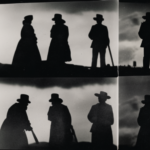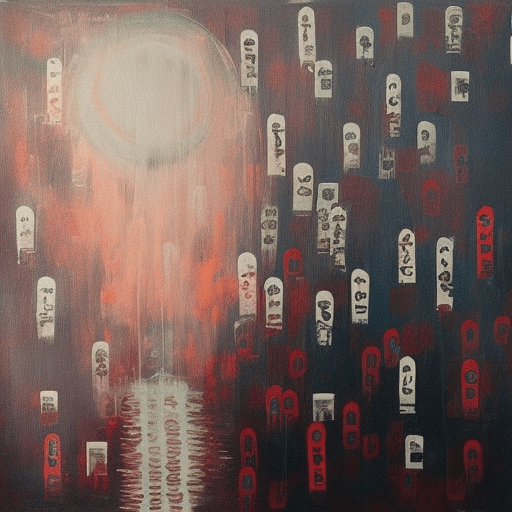One-line Summary:
Mississippi Burning (1988) directed by Alan Parker
In the racially charged atmosphere of the 1960s American South, two FBI agents, played by Gene Hackman and Willem Dafoe, investigate the disappearance of three civil rights activists. As they delve deeper into the case, they uncover a web of corruption, violence, and racism that threatens to tear the small town of Jessup apart.
Main Cast and Crew:
- Director: Alan Parker
- Writer: Chris Gerolmo
- Key Actors: Gene Hackman as Agent Rupert Anderson, Willem Dafoe as Agent Alan Ward, Frances McDormand as Mrs. Pell, Brad Dourif as Deputy Clinton Pell, R. Lee Ermey as Mayor Tilman, Gailard Sartain as Sheriff Ray Stuckey
- Music Director: Trevor Jones
- Director of Photography: Peter Biziou
- Producers: Frederick Zollo, Robert F. Colesberry
Plot:
Set in the fictional town of Jessup, Mississippi, in 1964, Mississippi Burning follows the investigation of the disappearance of three civil rights activists: James Chaney, Andrew Goodman, and Michael Schwerner. Agents Rupert Anderson and Alan Ward are sent by the FBI to uncover the truth behind their disappearance.
As the agents dig deeper, they encounter a wall of silence and hostility from the local community, where the Ku Klux Klan holds significant power. They face resistance from both the townspeople and the local law enforcement, who are deeply entrenched in the racist system.
Anderson, a seasoned agent from Mississippi, understands the local dynamics and uses unconventional methods to gather information. Ward, a by-the-book agent from the North, clashes with Anderson’s approach but eventually learns to adapt. Together, they uncover a conspiracy involving the local sheriff, the mayor, and the Klan.
The film portrays the brutal violence and intimidation tactics used by the Klan to maintain their grip on power. It also highlights the complicity of the local authorities, who turn a blind eye to the crimes committed in the name of racial supremacy.
Themes and Motifs:
Mississippi Burning explores themes of racism, justice, and the struggle for civil rights. It exposes the deep-rooted racism that permeated the American South during the 1960s and the lengths people went to maintain the status quo. The film also examines the moral dilemma faced by the agents as they navigate a corrupt system and the personal sacrifices they make in pursuit of justice.
Reception and Legacy:
Upon its release, Mississippi Burning received critical acclaim for its powerful storytelling and stellar performances. It was nominated for seven Academy Awards, including Best Picture, Best Director, and Best Actor for Gene Hackman. It won the Oscar for Best Cinematography.
The film sparked controversy for its fictionalized portrayal of events and criticism for centering the narrative on the white FBI agents rather than the civil rights activists. However, it also brought attention to the real-life struggle for civil rights and the violence faced by activists during that time.
Mississippi Burning remains a significant film in the history of American cinema, shedding light on a dark chapter in the country’s history. It serves as a reminder of the ongoing fight against racism and the importance of standing up for justice.
Recommendation:
Mississippi Burning is a gripping and thought-provoking film that tackles important social issues. It offers a compelling narrative, powerful performances, and a stark portrayal of the racial tensions of the era. It is a must-watch for those interested in American history, civil rights, and the fight against injustice.
Memorable Quote:
“Where’s your sense of outrage?” – Agent Rupert Anderson












